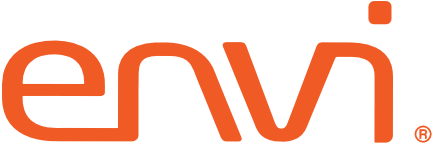
In the fast-paced world of healthcare, every dollar counts. Yet, one area where costs can quickly spiral out of control—often unnoticed—is inventory management. While supply chain managers focus on ensuring that needed supplies are always available, the hidden costs of poor inventory management can quietly erode budgets and impact patient care. Addressing these challenges is critical, and with the right tools and strategies, you can avoid these pitfalls and achieve supply chain success.
The Hidden Financial Impact of Poor Inventory Management
Poor inventory management doesn’t just lead to immediate issues like stock outs or overstocking; it constantly creates hidden financial burdens including:
- Excess Inventory: Overstocking may seem like the right strategy to ensure supplies are always on hand, but too much inventory ties up valuable capital that’s better used elsewhere. Healthcare facilities operate with tight budgets, so every dollar spent on unnecessary inventory is a dollar not available for staffing, system upgrades, or new equipment.
- Expiration and Waste: Excess inventory leads to a higher risk of product expiration. It’s especially problematic in healthcare, where our supplies have limited shelf lives.
Storage Costs: The more inventory you hold, the more space you need to store. Especially in non-acute care facilities, we lack storage space; additional inventory leads to higher storage costs, which add up quickly and eat into operating budgets. - Emergency Purchases: Poor inventory management increases the likelihood of emergency purchases. Last-minute orders come with expedited shipping fees and sometimes higher per-unit costs. Add in the scramble to find and secure the supplies, and it’s easy to see how workflows are disrupted as staff is diverted from critical tasks.
- Lost Revenue Opportunities: When inventory isn’t effectively managed, it can create delays in delivering care and even canceled procedures. This not only affects patient care but also results in lost revenue opportunities, causing significant financial impact.
Envi Helps Manage Inventory and Reduce Costs
So, how can non-acute healthcare facilities address these hidden costs and inefficiencies? The answer lies in adopting a materials management solution like Envi, specifically created to meet the needs of healthcare organizations. Recognizing the complexities of inventory management in care facilities, Envi has continuously evolved to automate and streamline inventory processes. By providing visibility into inventory levels, expiration dates, and usage patterns, Envi helps supply chain managers make data-driven decisions that reduce waste, optimize stock levels, and ensure necessary supplies are always on hand.
Just a few ways Envi helps:
- Automated Replenishment: Set up Auto POs in Envi to automatically generate POs when inventory falls below a predefined threshold, ensuring that you always have the right amount of supplies on hand.
- Expiration Management: Envi shows product expiration dates, allowing you to rotate them into use or adjust ordering patterns to avoid waste.
- Data-Driven Decision Making: Envi’s reporting and analytics provide the insights you need to optimize purchasing and inventory strategies, reducing costs and improving efficiency.
- Physical Counts Made Easy: Envi supports physical counting in every location, plus consolidates purchase history and activity for an entire organization. It makes physical counting by location easy and with Envi, helps validate financial reporting, especially regarding the value of on-hand inventory.
The hidden costs of poor inventory management have a significant impact on non-acute care facilities, from wasted resources and lost revenue opportunities to operational inefficiencies that affect patient care. By streamlining inventory processes with Envi, organizations like yours are reducing costs and ensuring their supply chain operates smoothly and efficiently. Don’t let hidden costs undermine your facility’s success—let us show you how you can take control of your inventory management with Envi.
